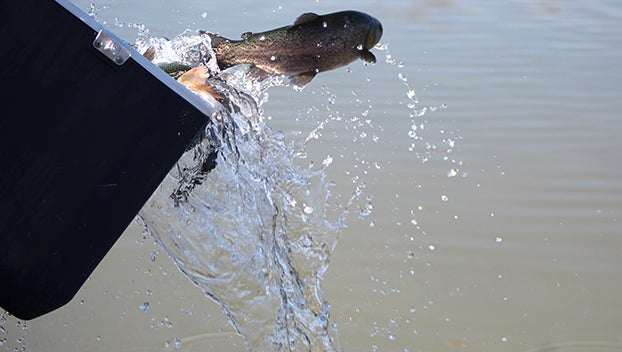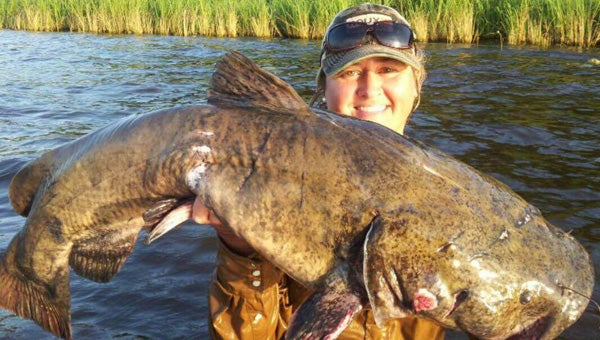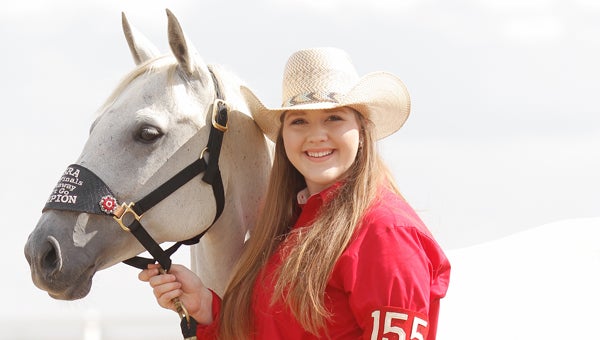Deer deaths increase due to road accidents
Published 12:01 am Sunday, September 4, 2011
NATCHEZ — The scene on Mississippi roadways is not uncommon. Nearly every Magnolia State motorist has experienced cruising down the highway and coming upon the unpleasant site of a lifeless, mangled deer carcass lying on the side of the road, just yards away from where it met its doom and the car it hit suffered the expensive damages caused by colliding with the large animal.
And a study done by the Mississippi Department of Wildlife, Fisheries and Parks and released in its 2010 annual Deer Program Report shows that this scene is becoming more and more common each year.
MDWFP personnel monitor and record each occurrence of dead deer on or near Mississippi roadways from Oct. 1 to Jan. 31 each year. Each of these deer is assumed to be the victim of a car collision and counted as road kill. To compare data by month and by year the data is analyzed as number of dead deer seen per 10,000 miles driven. Over the last seven years, the number of recorded road-kill deer has nearly doubled from 8.4 deer per 10,000 miles driven in 2004-2005 to 15.8 in 2010-2011.
“We broke a new record again this year,” MDWFP Deer Program Biologist William T. McKinley said. “The total number across the board increased from 14.2 (dead deer/10,000 miles driven by MDWFP personnel in 2009-2010) to 15.8 (in 2010-2011).”
MDWFP records data from October to January, because those are the peak months for deer activity.
“Every month we had increases this year, except December stayed the same,” McKinley said. “October increased dramatically from 9.5 (in 2009-2010) to 14.2 (in 2010-2011).
“October saw by far the highest jump, and that, in my opinion, is because of extreme drought (in 2010). The food sources were harder to find, and that coincides with hunter’s observations and my own experiences.”
The report said observed road kills have consistently increased each year since the study began in 1997, and McKinley said the explanation is simple.
“(There are) more deer, simply put,” he said. “There are more deer in the state now than there were then. The population is on a steady increase, and the statewide harvest is not sufficient to limit the herd from increasing annually.”
McKinley offered a personal account of the severity of the problem.
“One day I drove from my residence to Jackson, about 71 miles,” he said. “I then came home on a different route at almost the exact same mileage, and I saw 17 road kills (on that trip).”
Deer Program Biologist Lann Wilf said MDWFP used to keep track of statistics by county and district, but they found that data was not representative of the state numbers. He said he does know that Adams County would rank high in number of incidents if county data were still collected.
“Adams County is definitely toward the upper end of the state,” he said. “Adams County is loaded, Wilkinson County is loaded and most of Southwest Mississippi along the river is eaten up with deer.”
The study shows that December and January are the two months that see the most incidents. In 2010-2011 MDWFP counted 17.4 deer seen per 10,000 miles driven in December and 16.9 in January.
McKinley said the reason those months see more incidents is due to more deer activity.
“(The reason is) simple, deer activity,” he said. “You’re going to see the highest number of road kills during the rut (deer breeding season). There are a lot of active breeding chases going on, and deer activity and movement increases.”
The study also used data from State Farm Insurance Company estimates on number of deer-related accidents reported. According to those estimates there were 14,738 incidents in 2009-2010, which was 366 more than in 2008-2009 and 784 more than in 2007-2008.
McKinley said the increase in deer population creates problems that move beyond car accidents.
“They are also causing quite a bit of problems, due to the numbers being so high, with incidents of depredation on gardens, crops, landscape and shrubbery,” he said.
McKinley also said overpopulation affects the health of the deer population itself.
“We are already seeing things like reproduction slowing down,” he said. “Herds are at, or above, carrying capacity and they can’t support (the population) and keep them fit and healthy. Body weight trickles downward, and we’re seeing that reproduction slows down as stress factors take over. Instead of having twins they are now having singles and growth slows down.
“That’s where we are now, not on every property, but as a state as a whole. Most counties are at this point.”
Wilf and McKinley both said hunter harvesting is still their best weapon against the deer population.
“We don’t have enough hunters to stabilize the deer herd,” Wilf said. “We need a much more aggressive harvest each year to compensate (for population growth).”
Wilf also said he does not anticipate a decline in deer population anytime soon.
“More than likely it’s just an ongoing trend,” he said. “We are wondering when it’s going to plateau. Hopefully it’s going to go down because people start harvesting.”
In the meantime McKinley said driver’s need to consider deer as just another danger on the road.
“People need to be aware and understand that deer are a real consequence when driving down the road. Most habitual drivers, I would guess, have hit a deer. Most of my friends have hit one, and I’ve hit three. It’s definitely a dangerous situation.
“Deer’s eyes shine, so anytime you see eyes shining you should slow down. And the biggest thing (to remember) is there is usually more than one. (Drivers) see one and focus on that one and think it’s crossing and it’s gone, and the second or third one hits the road and then bam.”
The study said that the method of obtaining the data in the study has not been evaluated, and there has been no study to determine increases in the number of drivers on the road in the state.
“Therefore, any inferences or interpretation of these data should be approached cautiously. Every effort has been made to standardize sampling protocol,” the study said.





